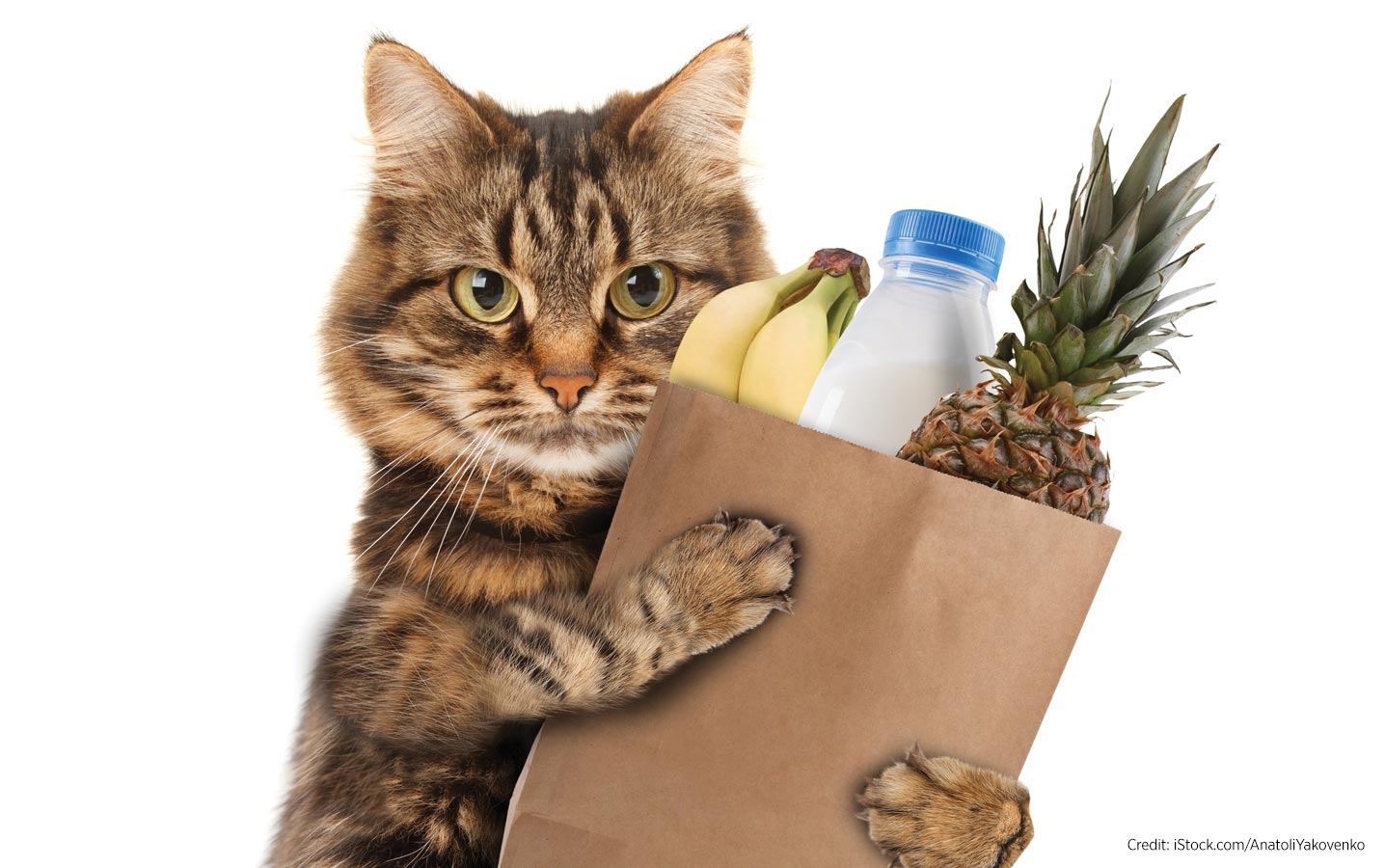GM labelling: A cat and mouse game?
Mandatory labelling of genetically modified (GM) food has been getting a lot of attention in the United States. Whether it should be mandatory or voluntary has been widely disputed for decades. After numerous attempts, the activist cat finally caught the mandatory GM labelling mouse. The battle ended over the summer; the U.S. Congress passed a new law requiring mandatory GM disclosure.
This national law was a direct response to and overrides Vermont’s GM labelling law that came into effect July 1, making it the first state in the U.S. to require GM labels in grocery stores.
“This national law prevents a patchwork of differing and inconsistent local rules,” says Frank Swain, partner at FaegreBD and the Canola Council of Canada’s Washington-based counsel. “Food manufacturers will now not have to worry about segregating their supply chains to meet multiple requirements.”
This new mandatory GM labelling law, officially known as the National Bioengineered Food Disclosure Standard, will require food manufacturers to disclose any GM ingredient in their products. Regulations detailing how the law will come into effect will be developed over the next two years. Details yet to be defined include how products that do not contain any GM material but originate from GM plants – such as refined canola oil that does not contain any traces of GM protein and is identical to canola oil from non-GM canola – will be captured by the labelling law.
The new law specifies a number of ways that this information can be disclosed: text, symbol, electronic or digital link such as using a QR code, little square codes used on advertisements, billboards, business windows and products. A simple scan of the QR code with a mobile device lets consumers easily access detailed information about a product.
These QR codes allow food makers to communicate a lot more information than can fit on a product label, though the activist community contends that few consumers routinely access them with their smartphone. Many activists refer to this law as the new “Deny Americans the Right-to-Know” Act (DARK Act) and vow to continue pressing for GM labelling on the package. However, industry food labels are evolving and QR codes are increasingly common.
“Requiring food manufacturers to disclose information rather than state it on the package was a compromise reached by Congress at the eleventh hour after much back and forth,” says Swain. “It was an eloquent solution to a tough challenge, relaying information to consumers without creating unjustified concern.”
Tension persists between groups advocating for mandatory GM labelling by claiming their “Right to Know” and the food industry that opposes mandatory labelling of a breeding technique that produces food that has been deemed the same as food from other breeding techniques.
In fact, teenage GMO-labelling activist Rachel Parent is bringing attention to GM food and whether there is a need to label it in Canada. Recent announcements by Health Canada, and the Canadian Food Inspection Agency on the approval of the “Arctic Apple” and the “AquAdvantage Salmon” are also providing grist to activists promoting the labelling of GM foods.
“Labelling genetically modified foods may lead to unnecessary fear and confusion for consumers about the safety of their food when in fact Canadian food, including that enhanced through biotechnology, is among the safest in the world.”
Canada currently has standards that allow manufacturers to label their products as not containing GM ingredients. A national standard developed by the Canadian General Standards Board, a federal government organization, provides voluntary guidelines proposing claims such as “products of genetic engineering” or “not products of genetic engineering”. However, if there is a difference between the conventional product and the GM product related to an allergy that could create a health or safety concern, Health Canada requires GM labelling.
For decades, GM foods have been considered safe by government agencies like the Canadian Food Inspection Agency. “Mandatory GM labelling doesn’t fit with how we label foods in Canada, which is strictly to provide information related to safety and nutrition,” says Ian Affleck, managing director of science and regulatory affairs for plant biotechnology at CropLife Canada. He says that mandatory GM labelling would, therefore, give consumers the impression there is something unsafe about GM.
The issue of whether to require some form of labelling on GM foods has simmered for some time in Canada and a debate in Parliament could happen this fall. Quebec MP Pierre-Luc Dusseault has introduced a private member’s bill in the House of Commons calling for mandatory labelling of any genetically modified foods offered for sale, which is similar in principle to the hardline GM labelling law from Vermont, recently overridden by U.S. Congress. If this bill is debated, it will be the first such discussion on GM labelling in the House of Commons.
Canada is not alone in pondering mandatory GM food labels. Countries around the world continue to see the emergence of national laws, international norms and guidelines as well as private standards on GM labelling. Some countries have more stringent laws, while others have numerous exceptions, no defined labelling threshold or a vague law that lacks implementation and enforcement provisions.
The debate on GM labelling is about a balance between consumer rights to information on food and the role of government in requiring information disclosure of products. A food label remains a fundamental tool to provide consumers information about the food that they eat. Will GM labelling change consumer habits? Will mandatory disclosure come to Canada? Many questions remain. It is too soon to tell.





